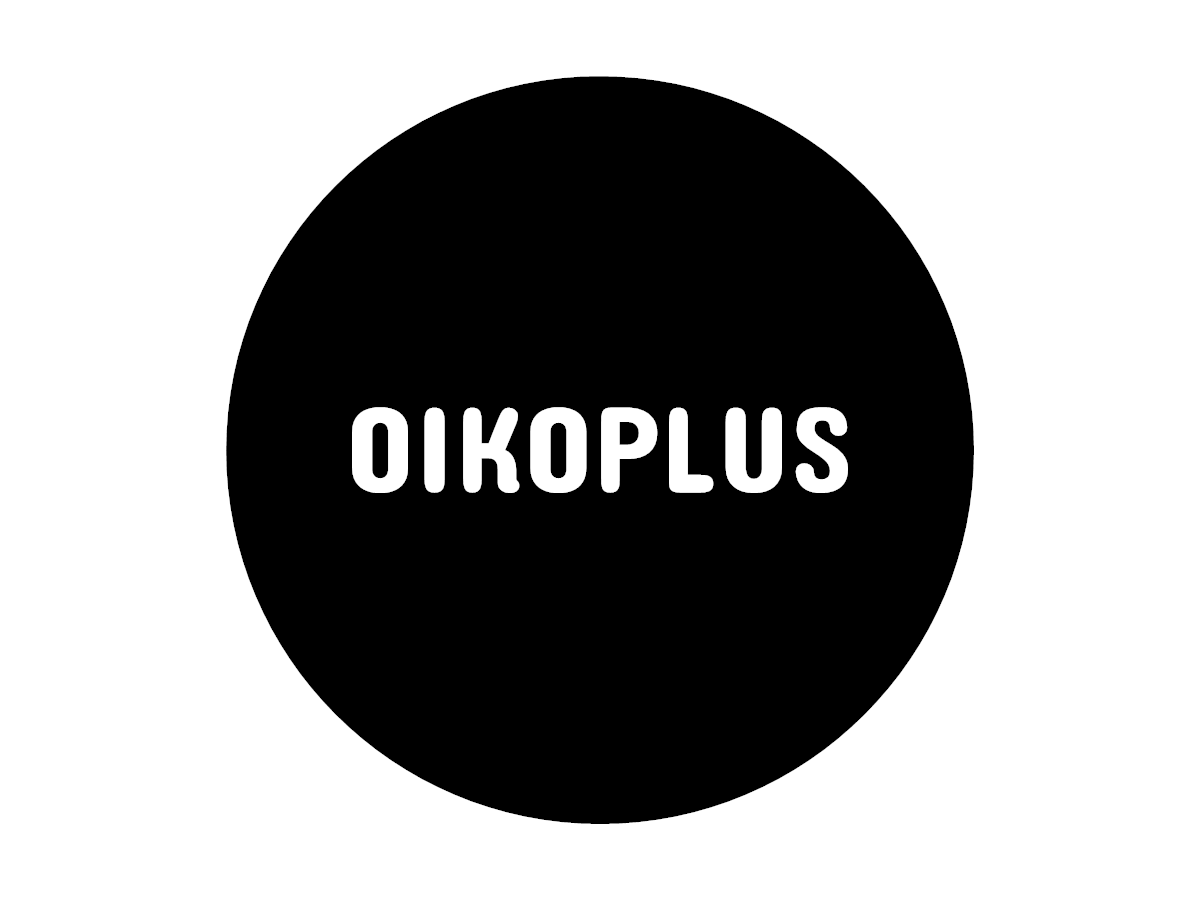Communication succeeds when it creates relations.
I have little idea about mechanics. Physics was one of my favorite school subjects only for a very short time. Whether I liked the subject had been depending entirely on the teachers, and how well they taught it. The other day, I saw a Youtube video that was all about mechanics, about differential gears, precisely. And I thought it was great.
With the video, it’s like the physics teachers of my school days: the right delivery can create enthusiasm for a subject. When enthusiasm or at least an increased interest in a topic is aroused, a relation is created. And that connection, that relation, is what science communication is all about. Your goal in scicom should be to create connections to science, that is, to communicate relatable.
Jan Baetens takes a look at relatability in a blog article on the Cultural Studies department’s blog of the University of Leuven. The blog, by the way, has the beautiful claim “Blogging since 1425.” “Something is narratable if it can be retold,” Baetens writes, “but that is only the first and oldest meaning of the word. Today, “narratable” also refers to works that someone (a reader, a listener, a viewer) can “identify with.”
This current concept of relatability is mostly encountered where fictional content is discussed. In a feuilletonistic context, the term was discussed in 2014 by Rebecca Mead in the New Yorker, quite critically. Mead believes that cultural audiences can be expected to make a connection to the content presented itself, and that criticizing something for not being relatable enough is not really a legitimate criticism of content.
For art and the criticism of it, this may be true. Science communication that is not relatable to the audience has missed its target, one could argue.
Science communication that is not relatable to the audience does not succeed in showing the relevance of a topic. It does not succeed in triggering in its recipients the feeling of being affected by the topic, of being closely related to it. Fortunately, the Internet offers plenty of tips on creating relatability. For example, from Joe Lazauskas on the platform Contently.
A similarly pragmatic and commercial approach to relatability in communication (work) has an article by Ton Dobbe on his website Value Inspiration. Dobbe works as a “growth consultant for tech entrepreneurs”. For him, creating relatable content is about being more human. “A good start is to be more human in how we communicate with our ideal target audience. Like we’re having a conversation over a cup of coffee.” Is this the advice on conversational tone? And is it really helpful in science communication? Here and there, certainly.
Relatability is also ephemeral. At least that’s what Amil Niazi thinks about Ellen DeGeneres’ U.S. TV show in an opinion piece in the New York Times. The long-running, highly successful TV show is about to go off the air. Niazi sees a reason for the show’s waning popularity: “There’s no question, in the end, that Ms. DeGeneres has had an incredibly successful run as an effervescent daily TV presence for many Americans. But she also serves as a reminder that even the most relatable celebrities are still putting on an act, still trying to sell us on an image.” To be sure, the host has been very relatable to her audience. But a few public scandals have caused the relations to crack. Communication is always about credibility, too.
The video about differential gears from the beginning of this text illustrated to me in the simplest way what a differential gear is, when it is used, where it is installed, why it is important and how it works. What, when, where, why, and how are constantly at stake in science communication. Providing different audiences with the right answers to this question is what relatability is all about. The texts linked in this Reading List did that for me. They were relatable for me. I hope the readers of this Reading List feel the same way.
Thomas Stollenwerk


